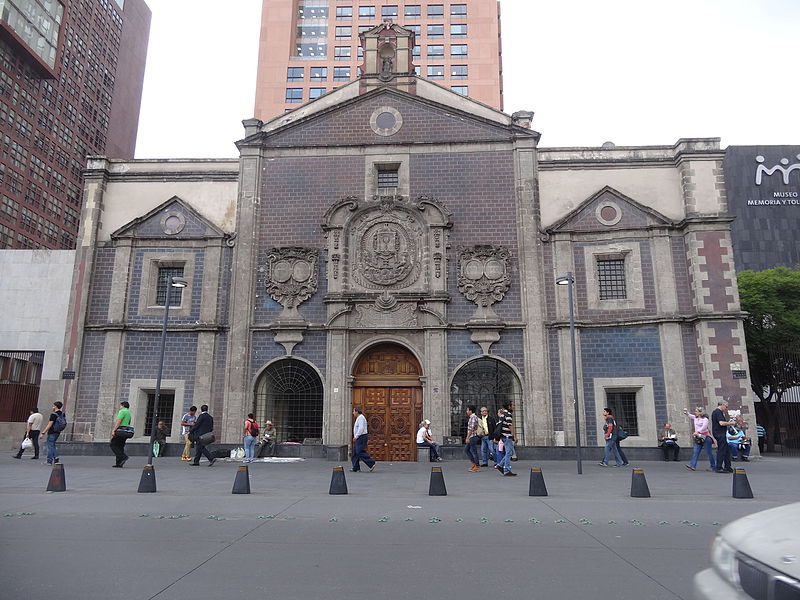
_
The former Corpus Christi Temple is one of the most inquired about buildings facing the Alameda Central. It was originally a Catholic temple annexed to a convent of the same name. That space is currently occupied by Mexico’s Secretariat of Foreign Affairs complex. The complex includes the Museum of Memory and Tolerance. Both the Convent and the Temple were run under the auspices of the Order of the Capuchin Poor Claires. It was, importantly, the first monastery exclusively for indigenous women. Today it houses the historical archives of Mexico City land notaries.
Both the temple and the convent were built between 1720 to 1724 by the acclaimed architect, Pedro de Arrieta. He abandoned the standard of the two entryways then typical of convent churches. There is thought to be influence here of the work he’d done on the Chapel of the Souls between 1720 and 1721.
The convent was exclusively for the daughters of noble indigenous peoples. It was vacated in 1867, after the Second Empire, and with the application of the Reform Laws. José Ives Limantour, the Secretary of Finance under Porfirio Díaz from 1895, purchased the property. He ordered the convent demolished and only the temple and a small cloister remained.
After the exclaustration, the temple was used as a winery, a schismatic temple, and a hygiene museum. In 1951, it was handed over to the newly created National Indigenous Institute to found the museum of industries and popular arts. It was thus used until the 1980s. Severely damaged by the 1985 earthquake, it was abandoned for almost 20 years. In 2002, as part of the rescue plan for the Historic Center, the former temple would be consolidated and restored to be the headquarters of the historical collection of the general archive of notaries of Mexico City. Work began in 2003 and the collection was opened in 2005.
Although it can’t today be visited by the public, the Corpus Christi Temple faces the Alameda Central. It’s thus within easy walking distance to both the many sites of the Alameda Central Area, and the San Juan Moyotlan neighborhood to the immediate south.
 55 5518 1475
55 5518 1475
 http://data.consejeria.cdmx.gob.mx/index.php/dgjel/archivo-general-notaria
http://data.consejeria.cdmx.gob.mx/index.php/dgjel/archivo-general-notaria
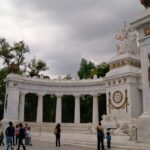
0.04 kms.

0.07 kms.
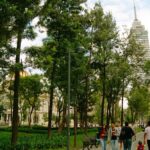
0.11 kms.

Bellas Artes has long been an iconic symbol of Mexico City's culture, artistry, and the performance arts.

A most charming geometrically laid-out park in the center of Mexico City...
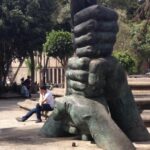
One of the most central of public squares is a beloved memorial to unforgettable tragedy.
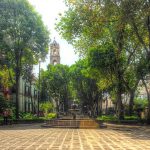
One of Mexico City's most beautiful historic squares, it's a meeting place for booklovers and dealers.

One of the leading contemporary art spaces in the City, the LAA brings the cutting edge to the Alameda.